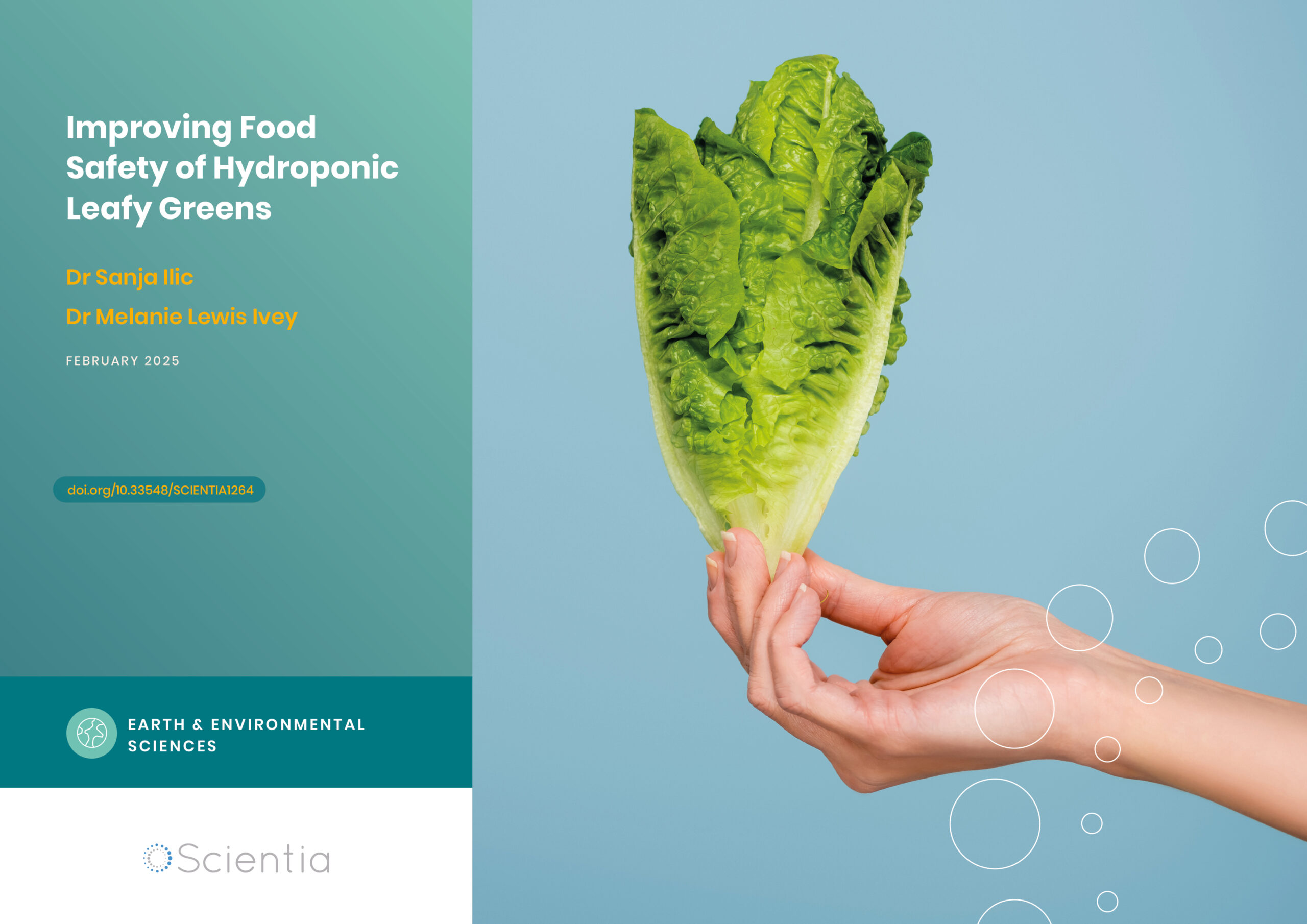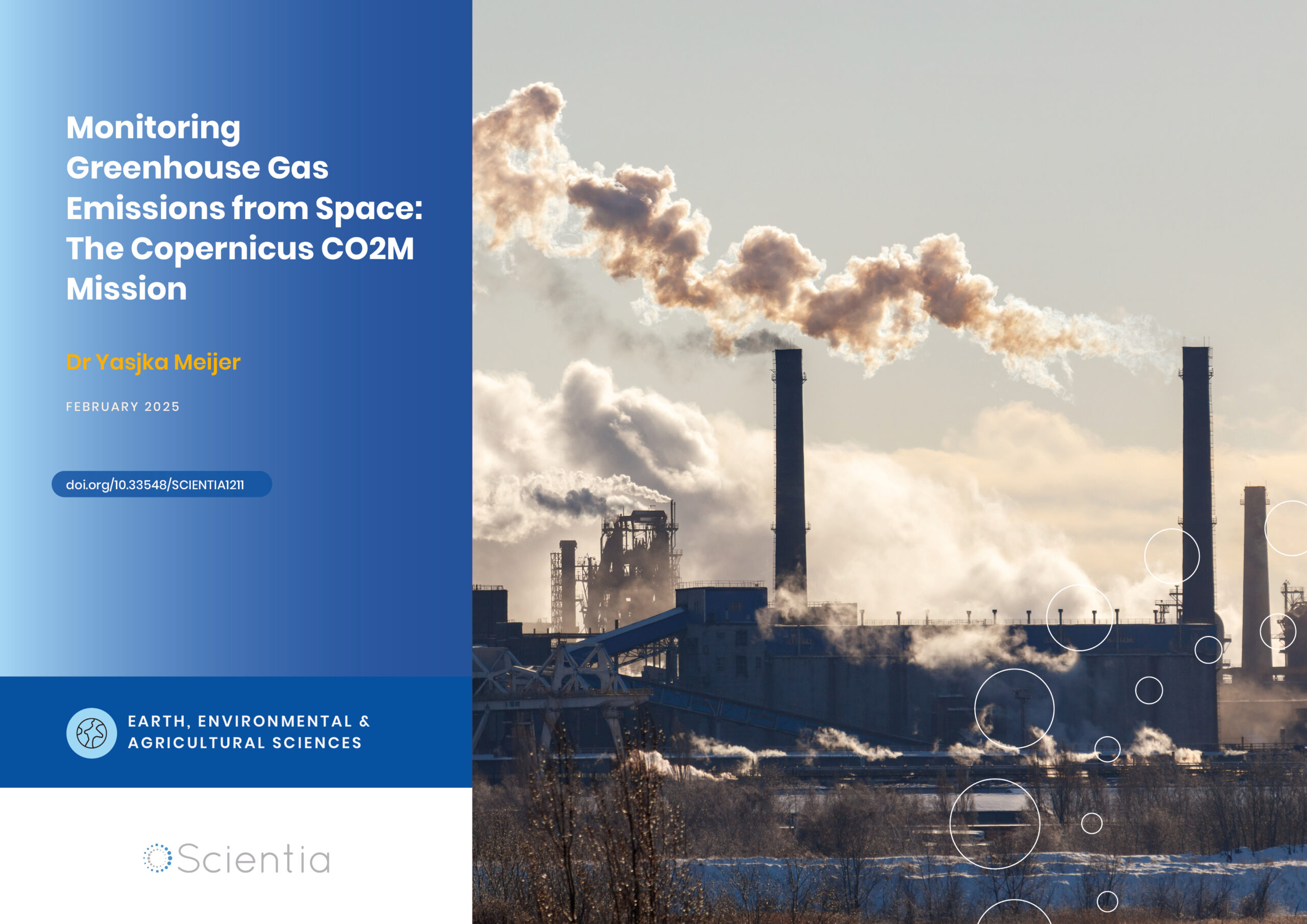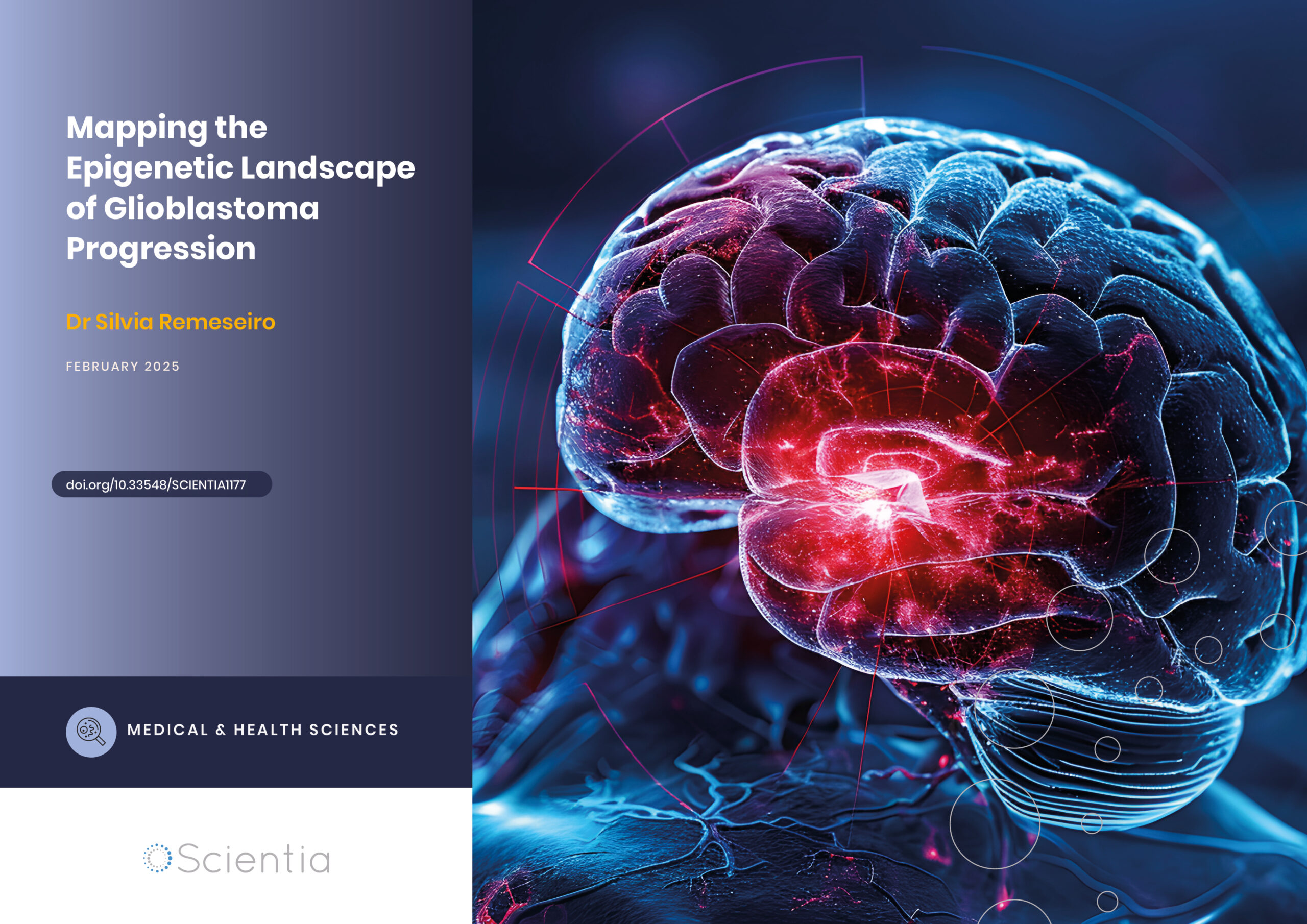Dr Mark Westhusin – A Bright Future for Transgenic Livestock
Advancements in genetic technologies have made precise gene editing a reality. Used extensively to develop crops that exhibit higher yields and resistance to pests and diseases, genetic modification could also transform livestock production. Building on decades of animal cloning research, Dr Mark Westhusin from the Reproductive Sciences Laboratory at Texas A&M University is using genetic and reproductive technologies to improve livestock for food, medicine, and medical research.
It Started with Cloning
Dolly the sheep became an overnight sensation when researchers from the Roslin Institute introduced her to the world in February 1997. The possibilities of cloning gripped imaginations the world over – but the concept was far from new at the time of Dolly’s birth.
Naturally occurring ‘clones’ – or individuals that are genetically identical – exist in mammals in the form of identical twins. As early as 1979, scientists had artificially replicated this process in mice, by extracting the DNA-containing nucleus from an embryo cell, inserting it into a mouse egg, and then implanting the egg into the womb of an adult mouse. By the time Dolly came along, genetically identical cows and sheep had been produced by transferring the nucleus from an early embryo cell into an egg cell.
It was not until Dolly, however, that a clone had been created from a fully-formed ‘somatic’ – or non-reproductive – cell. During development, somatic cells go through a process of differentiation to become all the tissues required to form a whole animal, for example, skin or muscle. But as cells mature, they lose the ability to differentiate. Many scientists had presumed the process of differentiation in mammalian cells was irreversible.
‘Somatic cell nuclear transfer’ – the process used to create a clone of an adult animal – made creating genetic replicas of prized livestock or beloved pets a reality. The news captured the attention of wealthy businessman, John G. Sperling, who enlisted the help of experienced scientists at Texas A&M University’s Reproductive Sciences Laboratory (RSL) to clone his beloved collie-husky mix, Missy. Drawing on decades of previous research on reproductive technologies by RSL’s director Dr Mark Westhusin, efforts to create a clone of Missy began – and the ‘Missyplicity Project’ was born.
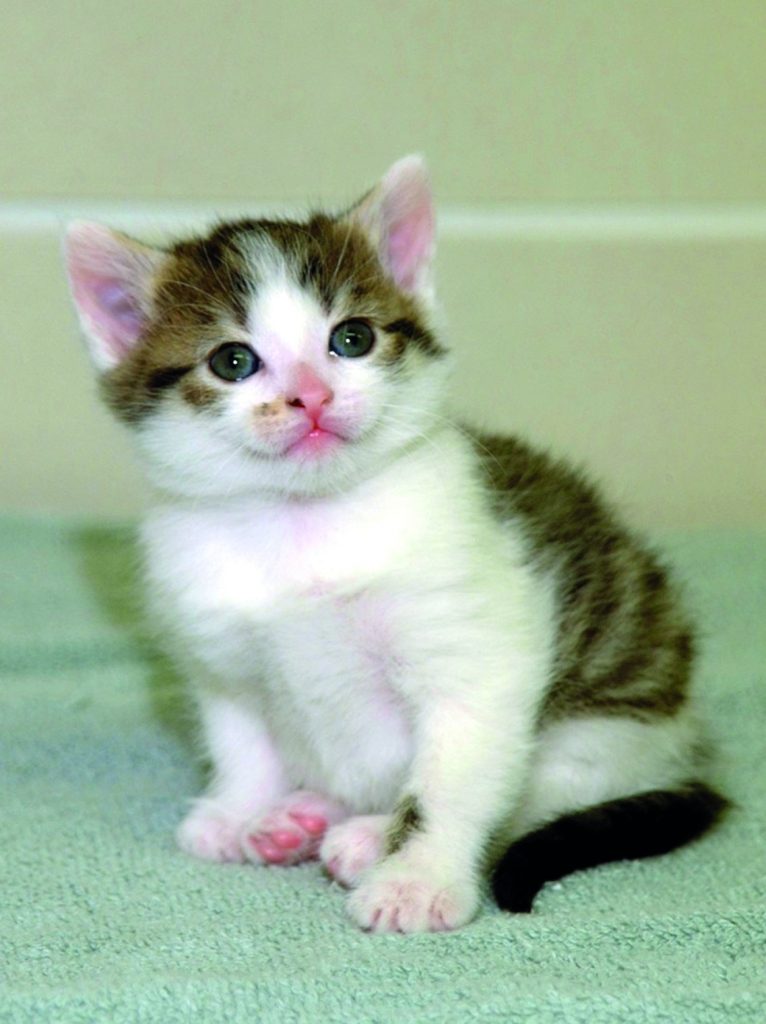
‘CC’, the world’s first cloned pet
As it turned out, cloning dogs is extraordinarily difficult, in part, due to their unique reproductive cycle and the difficulty in obtaining viable eggs that can be used to produce cloned embryos. Dogs are only fertile once every 6 to 12 months, and do not respond to hormone treatment, making it extremely difficult to produce large numbers of embryos and transfer them into recipient females. ‘But, with the media announcement regarding our efforts to clone Missy, we had an enormous number of inquiries from people interested in also cloning cats, which were a lot easier,’ says Dr Westhusin. ‘So, we did that first.’ On the 22nd of December, 2001, the world’s first cloned pet, a grey and white tabby cat, affectionately called ‘CC’, was born via caesarean section.
Subsequently, researchers at RSL along with a number of other colleagues at Texas A&M University’s College of Veterinary Medicine cloned pigs, cattle, goats, horses, and the world’s first white-tailed deer. RSL holds the honour of having cloned more species than any other institution in the world. No small feat, considering the effort involved. ‘In many instances, methods that work in one animal species cannot be easily adapted to another, resulting in the need for extensive research along with “trial and error” approaches to try and develop methods that result in a successful outcome,’ explains Dr Westhusin.
In addition to being helpful for devoted pet-owners, cloning provides a method of preserving or rescuing valuable genomes. Take for instance, the College of Veterinary Medicine at Texas A&M University’s black angus bull, Bull 86. After testing hundreds of cattle, Bull 86 was discovered to have a natural – or genetic – resistance to brucellosis, tuberculosis, and other serious diseases that can be transferred between herds and even to humans.
Bull 86 provided a unique research opportunity that would have been lost when he died in 1998, had it not been for a rescue cloning operation by Dr Westhusin and his colleague Dr Taeyoung Shin. Bull 86’s clone, called Bull 862 – or 86 squared – for his exponential genetic potential, has allowed research of his valuable genetic makeup to continue. ‘86 squared was cloned using cells that had been frozen for genetic analysis, in 1988, nearly 10 years prior to the birth of Dolly and at a time when the idea of cloning from somatic cells was thought to be impossible,’ says Dr Westhusin.

A New Era: Genetic Modification
Cloning pets and livestock was not, however, the end goal for Dr Westhusin. By combining the techniques he and his associates developed during his cloning research with gene editing technology, Dr Westhusin aims to produce genetically modified – or ‘transgenic’ – livestock that could help solve global issues, such as future food security for the rapidly expanding human population. He identifies three key areas in which transgenic livestock could be a game changer: agriculture, medical research, and medicines.
The molecular tools used to edit genes have advanced rapidly since the technology’s infancy. Now, scientists can engineer helper enzymes to perform an array of functions on targeted areas of the host DNA. For example, scientists can identify and use specific enzymes to cleave open the DNA and insert a new gene in a precise location with incredible accuracy. This technology can be used to edit the DNA of somatic cells growing in a laboratory culture. Somatic cell nuclear transfer – the same technique used to create animal clones – can then be used to create viable transgenic animals.
Animal Agriculture
The vast potential of genetic modification is already being realised for crops, with the number approved for commercial cultivation increasing each year. Scientists have developed crop plants that are resistant to drought, pests and diseases, have higher yields, are tastier, and even have enhanced nutritional benefits. In fact, the vast majority of cotton, corn, soybeans and wheat we consume today has already been genetically modified.
Transgenic livestock have been lagging behind, partly due to prohibitive regulations. In 2015, Aquabounty’s salmon became the first transgenic animal to gain approval for food production in the USA. Early in 2021, a line of pigs was approved. Albeit a slow process, the negative perceptions surrounding genetic modification are changing, and changes to transgenic livestock regulations could soon follow.
Genetic disease resistance could help improve animal welfare and prevent diseases spreading to other animals and humans. Genetic engineering offers immense opportunities to develop parasite and disease resistant transgenic livestock. With the aim of eventually transferring the technique to cattle, Dr Westhusin has been developing methods to inactivate the gene responsible for prion protein production – the errant protein responsible for mad-cow disease and Creutzfeldt-Jakob disease. A number of years ago, he successfully produced a transgenic goat foetus that exhibited a 90% reduction in the prion protein gene activity when compared with a non-transgenic goat foetus of the same age. ‘Subsequent work in other laboratories has now resulted in cattle with the prion gene inactivated,’ says Dr Westhusin.
He has also focused efforts on producing transgenic livestock with increased muscle growth and development by inactivating a growth-limiting gene, myostatin. Increasing the production of meat or milk in livestock improves feed efficiency, and thus sustainability and agricultural production costs. Additionally, the UN Food and Agriculture Organization (FAO) estimates that food production will need to increase by 70% by 2050 to meet demands – transgenic livestock could help us achieve this goal and ensure future food security.

Biomedical Research
Genetic technologies also offer unprecedented opportunities for biomedical research. Appropriate and reliable animal models are needed to replace rodents as the predominant species used, as they are often poor comparisons for human physiology. Sheep and pigs offer better alternatives. However, non-rodent animal models are prohibitively expensive. Efficient genetic modification could reduce the costs involved and make large animal models a viable alternative.
Accurately replicating human diseases in animal models is an important component of understanding disease progression and the development of treatments. Dr Westhusin and his collaborators successfully produced the first large animal model of a rare human bone disease called hypophosphatasia. The researchers disrupted the function of a gene involved in mineral metabolism – the same gene that causes the bone disease in humans when not functioning correctly.
The transgenic sheep developed similar patterns of bone and tooth development as observed in humans with hypophosphatasia, including decreased sacral vertebrae size, short teeth roots, and small jaw bones. Because the transgenic sheep accurately copy the disease presentation in humans, they provide a novel large animal model that will allow long-term research of the disease progression, and could contribute to the study of other rare bone diseases.
Medicines and Therapeutics
One of the most promising uses for transgenic livestock is as living bioreactors to produce vaccines and other medicines in their milk. This offers a significant economic saving in comparison with maintaining cell cultures for the same purpose, because animals are extremely efficient at producing therapeutic substances in their milk. For example, an advanced facility for housing and maintaining a small herd of transgenic goats may cost around $20 million USD, replacing a comparative cell culture facility that could cost in the region of $750 million to $1 billion USD. ‘It has been estimated that a single goat, over a single lactation cycle in one year, could produce the equivalent of 8 million doses of vaccine,’ says Dr Westhusin. ‘Imagine if we had a herd of goats producing vaccines for COVID-19!’
In 2010, Dr Westhusin and colleagues at RSL teamed up with LFB Inc. to develop transgenic goats that produce malaria vaccine in their milk. Around 400,000 people die each year from malaria. The disease disproportionately affects developing countries, where funding is often not available to pay for the vaccines they so desperately need. Transgenic livestock which produce the vaccine in their milk could solve this problem. ‘A small herd of goats would be capable of producing all the malaria vaccine needed in the entire world!’ says Dr Westhusin.
Using frozen semen and assisted reproductive techniques, the researchers successfully produced three transgenic goats, two males and one female. Analysis of the milk produced by the female confirmed malaria vaccine production. So far, the scientists have tested the vaccine in mice, demonstrating its effectiveness in preventing malaria. The next stages include additional testing involving non-human primates to demonstrate the safety and efficacy of the vaccine, required for regulatory approval.
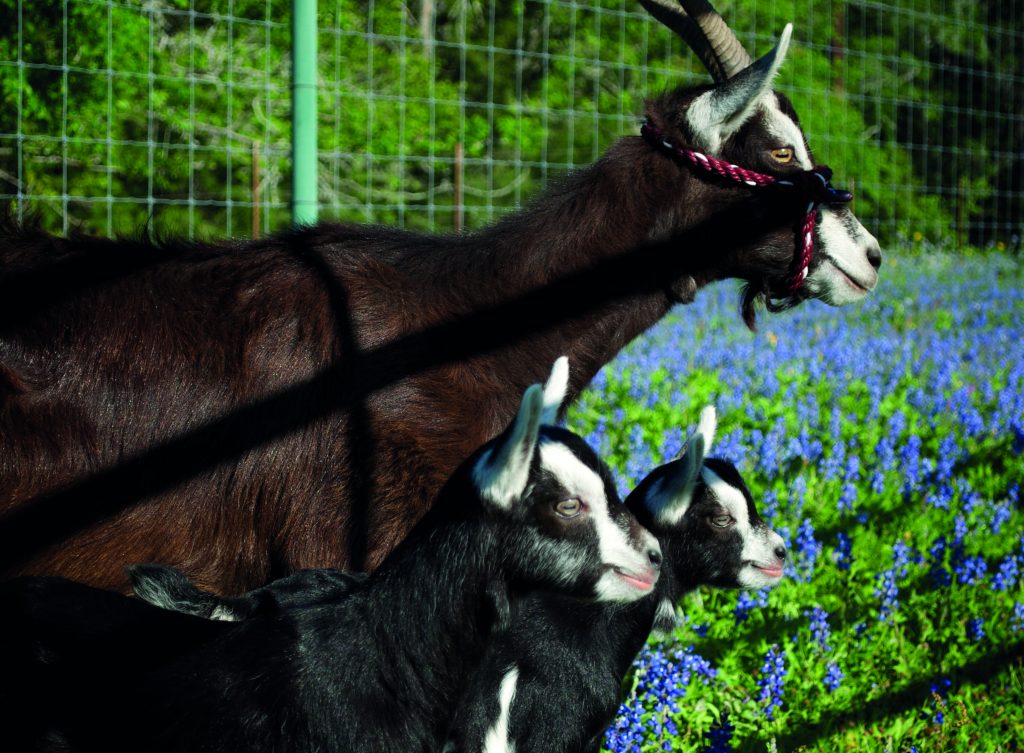
Goats that produce a malaria vaccine in their milk
A Bright Future
By applying techniques to inactivate individual genes, Dr Westhusin is currently investigating how each contributes to normal development of cattle embryos, including during the sensitive pre-implantation stage. He is also exploring new genetic modification approaches that could improve efficiency and help prevent developmental abnormalities in transgenic and cloned livestock.
With over 125 years of combined experience in mammalian reproduction, Dr Westhusin and his colleagues are trailblazing the research in transgenic livestock development. RSL scientists have used their approach to produce over a hundred transgenic animals, including cattle, goats, sheep, and pigs. Soon their techniques could be expanded to include even more species, and could offer novel solutions for many more global issues.
Reference
https://doi.org/10.33548/SCIENTIA667
Meet the researcher

Dr Mark E. Westhusin
Department of Veterinary Physiology and Pharmacology
Texas A&M University
College Station, TX
USA
Dr Mark E. Westhusin holds the position of Professor within the Department of Veterinary Physiology and Pharmacology at Texas A&M University, where he is also co-director of the Reproductive Sciences Laboratory. Raised on a farm in Kansas, Dr Westhusin obtained his BS in Animal Science at Kansas State University, and then moved to Texas, where he completed both his master’s and PhD at Texas A&M University. His research is focused on biotechnology, cloning and genetic engineering of animals. He has received numerous honours, including the NIH Director’s Award, American Society of Animal Sciences Scholarship Award, Pfizer Research Award, the Richard H. Davis Teaching Award and a TAMU Alumni Distinguished Achievement Award in Research. Dr Westhusin has had over 75 scientific papers published in prestigious journals, including Nature and Science. He has also given over 60 invited talks internationally and contributed to several books. In addition to his research activities, Dr Westhusin teaches across a range of undergraduate and graduate courses and has mentored over 50 graduate students.
CONTACT
E: m-westhusin@tamu.edu
W: https://physiology.tamu.edu/faculty/mark-e-westhusin/
KEY COLLABORATORS
Charles Long, College of Veterinary Medicine and Biomedical Sciences, Texas A&M University
Duane Kraemer, College of Veterinary Medicine and Biomedical Sciences, Texas A&M University
Michael Golding, College of Veterinary Medicine and Biomedical Sciences, Texas A&M University
Larry Suva, College of Veterinary Medicine and Biomedical Sciences, Texas A&M University
Dana Gaddy, College of Veterinary Medicine and Biomedical Sciences, Texas A&M University
William Gavin, Chief Operating Officer, LFB-USA.
FUNDING
National Institutes of Health
United States Department of Agriculture
Texas Agrilife Research
Bioarts Inc.
FURTHER READING
DK Williams, C Pinzon, S Huggins, JH Pryor, A Falck, F Herman, J Oldeschulte, MB Chavez, BL Foster, SH White, ME Westhusin, LJ Suva, CR Long, D Gady, Genetic engineering a large animal model of human hypophosphatasia in sheep, Scientific Reports, 2018, 8, 16945. DOI: 10.1038/s41598-018-35079-y
K Tessanne, MC Golding, CR Long, MD Peoples, G Hannon, ME Westhusin, Production of transgenic calves expressing an shRNA targeting myostatin, Molecular reproduction and development, 2012, 79, 176. DOI: 10.1002/mrd.22007
ME Westhusin, T Shin, JW Templeton, RC Burghardt, LG Adams, Rescuing valuable genomes by animal cloning: a case for natural disease resistance in cattle, Journal of Animal Science, 2007, 85, 138. DOI: 10.2527/jas.2006-258
MC Golding, CR Long, MA Carmell, GJ Hannon, ME Westhusin, Suppression of prion protein in livestock by RNA interference, Proceedings of the National Academy of Sciences, 2006, 103, 5285. DOI: 10.1073/pnas.0600813103
T Shin, D Kraemer, J Pryor, L Liu, J Rugila, L Howe, S Buck, K Murphy, L Lyons, ME Westhusin, A cat cloned by nuclear transplantation, Nature, 2002, 415, 859. DOI: 10.1038/nature723

Want to republish our articles?
We encourage all formats of sharing and republishing of our articles. Whether you want to host on your website, publication or blog, we welcome this. Find out more
Creative Commons Licence
(CC BY 4.0)
This work is licensed under a Creative Commons Attribution 4.0 International License. 
What does this mean?
Share: You can copy and redistribute the material in any medium or format
Adapt: You can change, and build upon the material for any purpose, even commercially.
Credit: You must give appropriate credit, provide a link to the license, and indicate if changes were made.
More articles you may like
Improving Food Safety of Hydroponic Leafy Greens
Hydroponic farming is experiencing rapid growth worldwide, offering a sustainable and efficient method of producing fresh, nutrient-rich crops. However, the unique conditions of hydroponic systems also present complex food safety challenges. Dr Sanja Ilic and Dr Melanie Lewis Ivey, researchers at The Ohio State University, are at the forefront of efforts to understand and mitigate the risks of human pathogen contamination in commercial hydroponic production. Their pioneering work is providing crucial insights and practical guidance to help ensure the safety and nutritional value of hydroponically grown leafy greens.
Dr Paul Robertson | Artificial Intelligence in the Cockpit: New Systems Could Help Prevent Aviation Accidents
Despite significant advances in aviation safety over recent decades, accidents still occur that could potentially be prevented with better warning systems. Dr Paul Robertson of Dynamic Object Language Labs, Inc. (DOLL) is leading groundbreaking research into how artificial intelligence could help pilots avoid dangerous situations. His team’s work reveals promising developments and important cautions about implementing AI in aircraft cockpits, with implications for the future of aviation safety.
Dr Yasjka Meijer | Monitoring Greenhouse Gas Emissions from Space: The Copernicus CO2M Mission
Atmospheric concentrations of carbon dioxide (CO2) and methane (CH4) have been steadily rising due to human activities, contributing to global climate change. Dr Yasjka Meijer from the European Space Agency is responsible for the objectives and requirements of the Copernicus Anthropogenic Carbon Dioxide Monitoring (CO2M) mission – a constellation of satellites that will enable the monitoring of anthropogenic greenhouse gas emissions from space with unprecedented accuracy and detail. This groundbreaking mission aims to support international efforts to reduce emissions and combat climate change.
Dr Silvia Remeseiro | Mapping the Epigenetic Landscape of Glioblastoma Progression
Glioblastoma, the most aggressive form of brain cancer, continues to challenge medical professionals with its poor survival rates. Recent groundbreaking research by Dr Silvia Remeseiro and her colleagues at Umeå University in Sweden has shed light on the complex epigenetic and chromatin-related mechanisms underlying the communication between neurons and glioma cells. This research opens new avenues for understanding and potentially treating this formidable disease.

